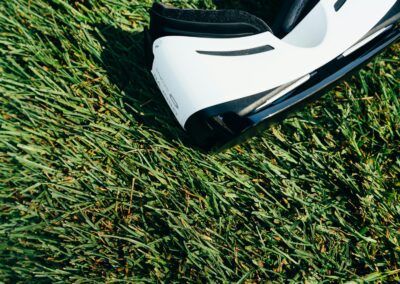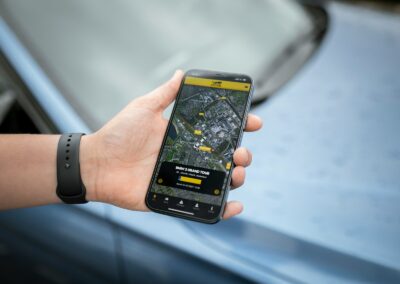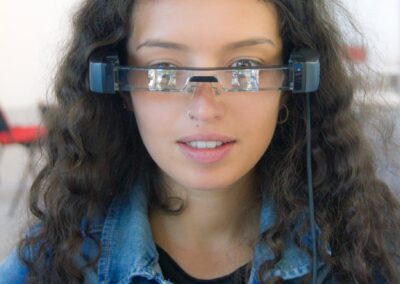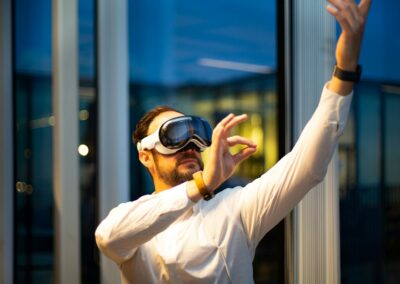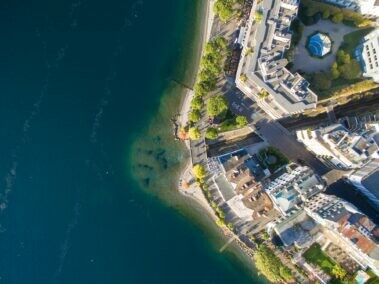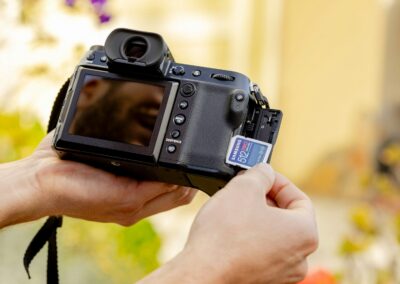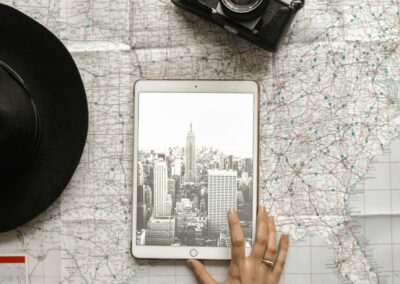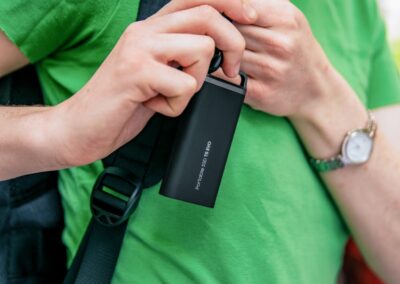Understanding the Technical Framework for AR Travel Guides
Core Technical Requirements for Developing AR Travel Guides
When embarking on the journey to develop AR travel guides, understanding the core technical requirements is essential to ensure a high-performing and engaging application. Augmented Reality (AR) integrates digital information with the real world, offering a unique, interactive experience for travelers. To achieve this, developers must focus on several key technical aspects.
Firstly, the choice of AR platform is crucial. Major platforms like ARKit (for iOS) and ARCore (for Android) provide the necessary tools and frameworks to build AR applications. These platforms support essential features such as motion tracking, environmental understanding, and light estimation. Ensuring compatibility with these platforms is fundamental for the app’s functionality across various devices.
Additionally, developers need to address 3D modeling and rendering requirements. AR travel guides often include interactive 3D models of landmarks, historical sites, and points of interest. These models must be optimized for performance to prevent lag and ensure smooth user interactions. This involves balancing model complexity with rendering efficiency and ensuring that graphics are detailed yet performant.
Moreover, real-time data processing is a critical component. AR travel guides must process and integrate data such as location information, user inputs, and environmental factors in real-time. This requires robust backend systems capable of handling large volumes of data while providing timely updates to the AR application.
Ensuring Optimal Performance and User Experience
To ensure optimal performance of AR travel guides, developers must focus on performance optimization strategies. One crucial aspect is device compatibility. Given the diversity in smartphone models and specifications, AR applications should be tested across a range of devices to ensure consistent performance. This includes assessing the app’s responsiveness, load times, and overall user experience on different hardware configurations.
Another key area is network connectivity. Many AR travel guides rely on real-time data and content updates, which require a stable internet connection. Implementing features such as offline mode and data caching can enhance the user experience, especially in areas with limited connectivity. This allows users to access critical information even when they are not connected to the internet.
Additionally, user interface (UI) design plays a significant role in the performance of AR travel guides. A well-designed UI ensures that users can easily navigate the application and access the information they need. This involves creating intuitive menus, clear navigation paths, and interactive elements that enhance the overall user experience. Developers should also consider accessibility features to accommodate users with diverse needs.
Data Security and Privacy Considerations
As AR travel guides often collect and process personal data, addressing data security and privacy concerns is paramount. Implementing robust security measures to protect user data from unauthorized access is essential. This includes encrypting sensitive information, adhering to data protection regulations, and providing users with clear information on how their data is used.
Furthermore, privacy by design principles should be integrated into the development process. This involves embedding privacy features into the app’s architecture from the outset, rather than adding them as an afterthought. Providing users with control over their data, such as options to manage permissions and delete their information, fosters trust and enhances the app’s credibility.
Best Practices for Developing High-Quality AR Travel Guides
Integrating Advanced Technologies
Incorporating advanced technologies can significantly enhance the functionality and appeal of AR travel guides. For instance, leveraging Artificial Intelligence (AI) can improve the app’s ability to provide personalized recommendations based on user preferences and behaviors. AI can analyze user interactions to suggest relevant points of interest, tailored travel itineraries, and local experiences.
Another innovative technology is Blockchain, which can be used to ensure transparency and security in transactions and data exchanges. For example, Blockchain can facilitate secure bookings, transactions, and reviews within the AR travel guide, providing users with a trustworthy platform for their travel needs.
Continuous Testing and Feedback
Continuous testing and user feedback are essential for refining AR travel guides. Implementing beta testing with a select group of users allows developers to identify issues and gather feedback before the official launch. This iterative process helps in fine-tuning the app’s performance, usability, and overall user experience.
Regular updates based on user feedback and emerging technologies ensure that the AR travel guide remains relevant and effective. Developers should actively seek and incorporate user input to address any shortcomings and enhance the app’s features and functionality.
Future Trends and Innovations
Looking ahead, several emerging trends and innovations could shape the future of AR travel guides. For instance, integrating Generative Artificial Intelligence (AI) could allow for the creation of dynamic, real-time content tailored to individual user preferences and contextual factors. This could enhance the user experience by providing highly personalized and contextually relevant information.
Additionally, advancements in AR hardware, such as augmented reality glasses, could further revolutionize the way users interact with travel guides. These devices promise more immersive and hands-free experiences, allowing travelers to access information seamlessly while exploring new destinations.
In conclusion, understanding and implementing the technical requirements for developing AR travel guides is crucial for creating effective and engaging applications. By focusing on core technical aspects, optimizing performance, ensuring data security, and embracing emerging technologies, developers can deliver high-quality AR travel experiences that meet user expectations and provide lasting value.
—
#TechnicalRequirementsForARTravelGuides, #DevelopingARTravelGuides, #ARTravelGuidePerformance, #ARTravelGuideDevelopment, #OptimizingARTravelGuides, #AugmentedRealityTravelGuides, #ARTechnologyForTravel, #EnhancingARTravelGuides, #ARGuidesTechnicalSpecifications, #ARTravelAppPerformance



